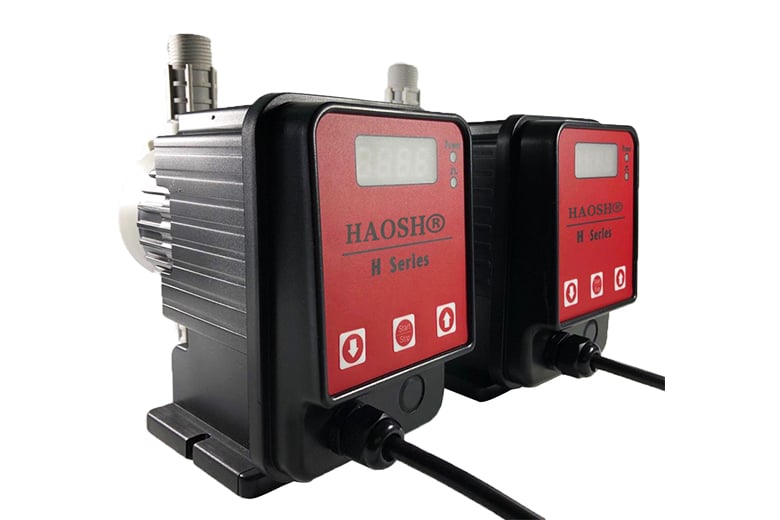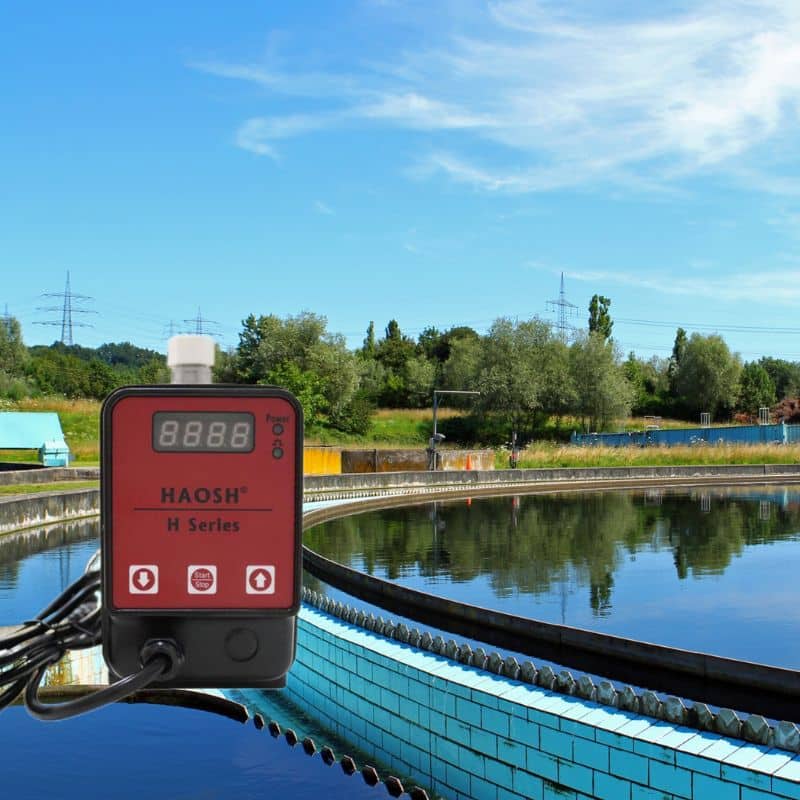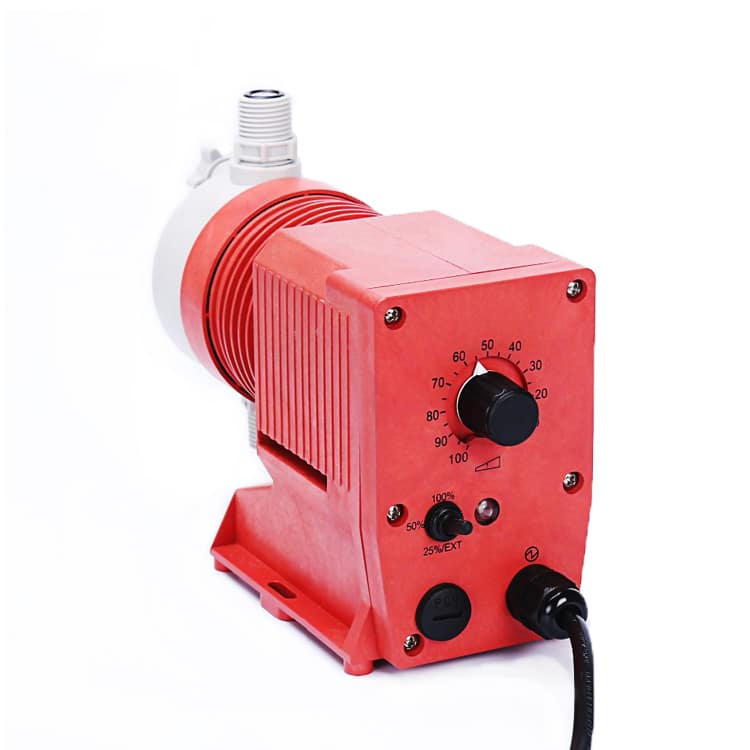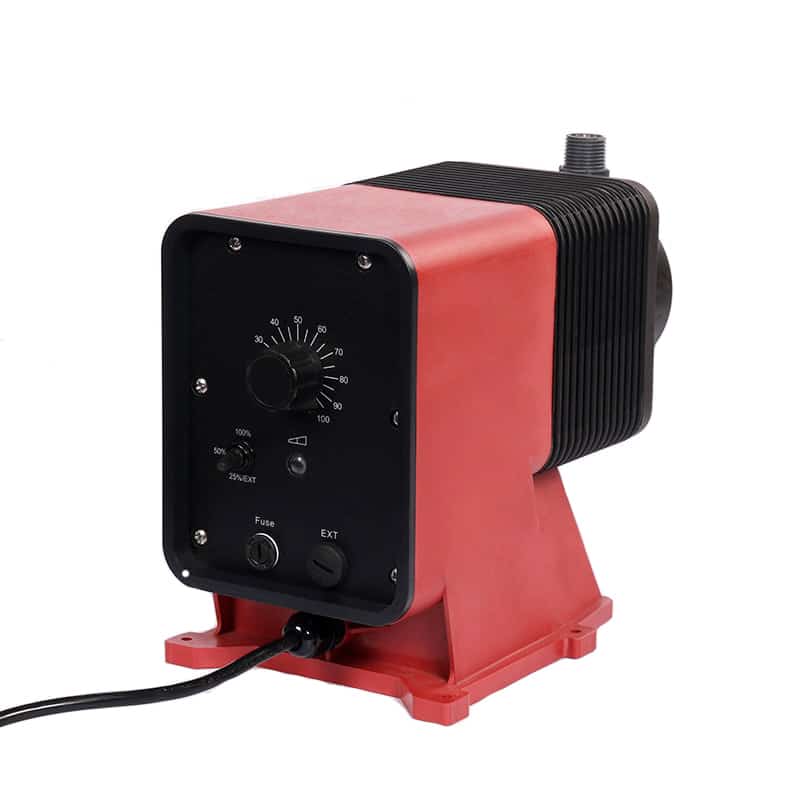How Does A Solenoid Pump Work?

What is solenoid pump?
Solenoid pumps are a form of positive displacement pump, also known as solenoid pumps, which are pumps that utilize electromagnetic force to directly drive the flow of electrically conductive fluids (e.g., liquid metals, brine, etc.) without the need for traditional mechanical components such as impellers or pistons. It uses a diaphragm and solenoid valve assembly to discharge the fluid into a discharge line. It is used to dispense or inject precise amounts of fluid into a process.

Electromagnetic Pump Application Industry
Nuclear Power Cooling
Water Treatment
Chemical Industry
Pharmaceutical Industry
Laboratory & Research
Advantages of Using Electromagnetic Pumps
- No mechanical wear, high reliability, low maintenance cost
- Suitable for high temperature, highly corrosive liquids (e.g. liquid metals, strong acids and alkalis)
- Controllable flow rate, suitable for precise transportation scenarios
- No noise, no vibration, suitable for clean and high-precision applications
The working principle of solenoid pump
Solenoid dosing pump uses electromagnetic push rod (composed of electromagnet and spring assembly) to drive the diaphragm in the pump head reciprocating movement, causing the change of volume and pressure in the chamber of the pump head, and the change of pressure causes the opening and closing of the suction and discharge valves to achieve quantitative suction and discharge of liquid. This design is especially suitable for conveying small flow and low pressure pipeline liquids.
The basic Components of A Solenoid Pump and Their Functions
- Electromagnetic Coil: Generates a magnetic field that interacts with the electric current inside the pump to form a Lorentz Force, which drives the fluid flow.
- Conductive Fluid Channel: Provides a path for the fluid to flow, ensuring that the fluid can be transported stably under the action of the electromagnetic force.
- Electrodes: Apply current in the fluid, so that the fluid under the action of the magnetic field to generate thrust, the formation of directional flow.
- Pump Housing: Carrying all the core components, and to ensure that the liquid flow path sealing and stability. Need to have high temperature, corrosion resistance, pressure characteristics.
- Control System: Regulates the current, voltage and magnetic field strength to achieve precise control of flow and pressure.
Solenoid dosing pump video
Below is the unboxing video of HAOSH H series electromagnetic dosing pump, which is a typical solenoid pump with compact size and easy operation.
Solenoid metering pump products
HAOSH solenoid dosing pumps are designed to solve problems such as scaling, corrosion and microbial accumulation. These problems can reduce the quality and efficiency of water system processes. Water entering the plant needs to be treated before and after use in order to be reused or discharged to the environment. Feel free to contact us for customized solutions.



